Siteman and St. Louis Children’s Hospital established Siteman Kids at St Louis Children’s Hospital
In 2016, Siteman and St. Louis Children’s Hospital established Siteman Kids at St. Louis Children’s Hospital, focused on…
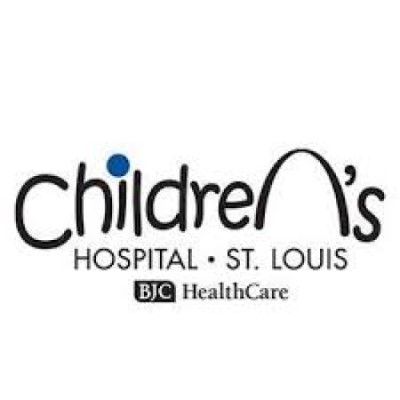
In 2016, Siteman and St. Louis Children’s Hospital established Siteman Kids at St. Louis Children’s Hospital, focused on…
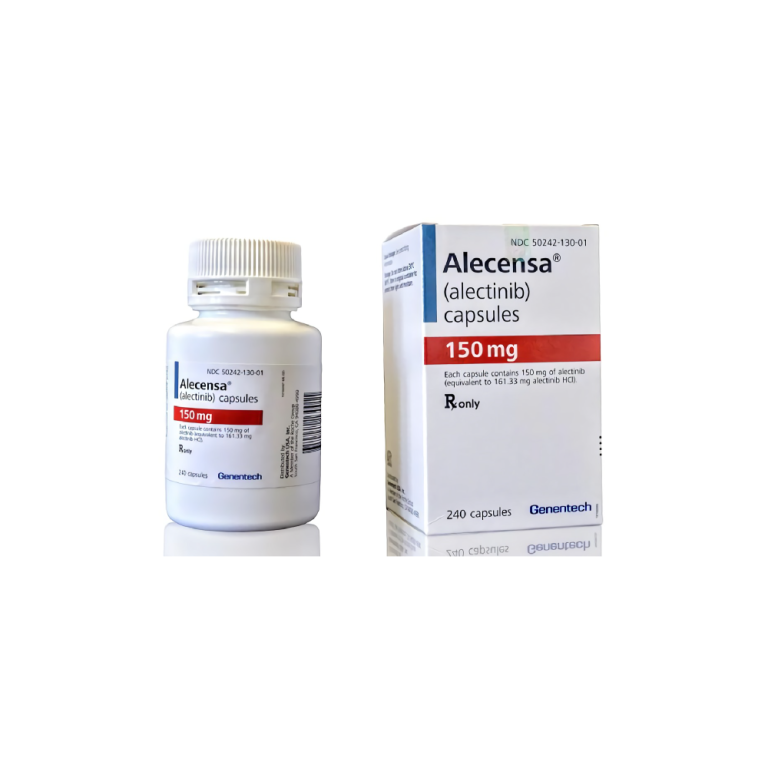
On Dec. 11, 2015, Genentech announced that it’s drug Alecensa (alectinib) was approved by the U.S. Food and…
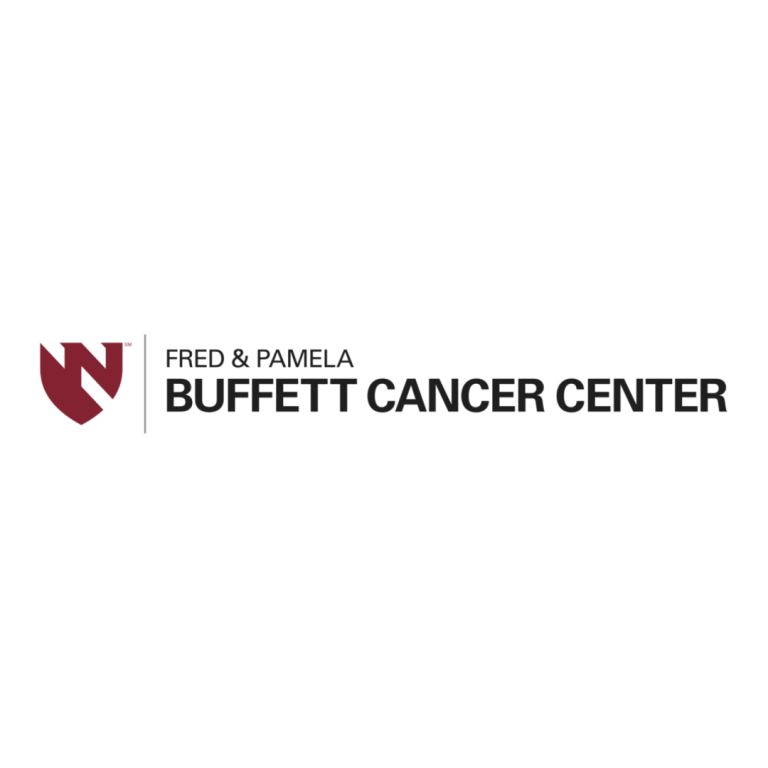
On Nov. 18, 2015, the estate of Glenn Korff gifted $5 million to the Fred & Pamela Buffett…
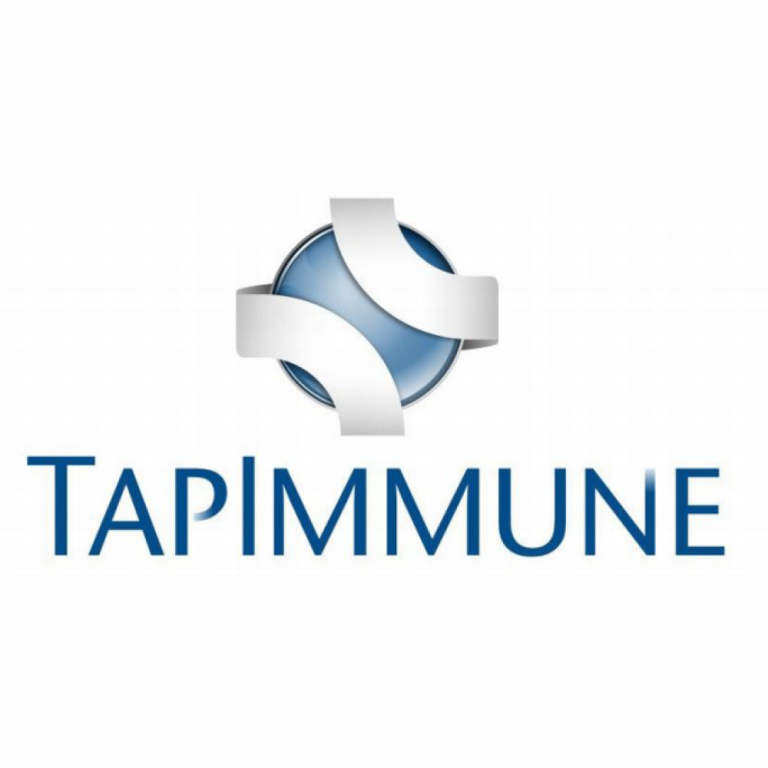
On Nov. 5, 2015, TapImmune, (TPIV) announced it had relocated its corporate headquarters from Seattle, Washington, to Jacksonville,…
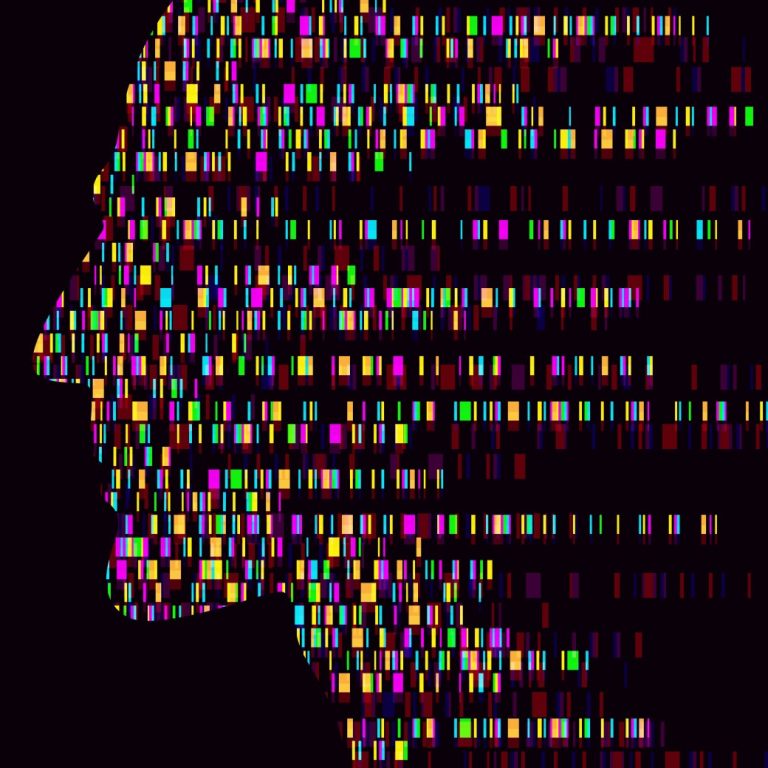
On Oct. 21, 2015, the Omar Boraie Chair in Genomic Science was established at Rutgers Cancer Institute. The…
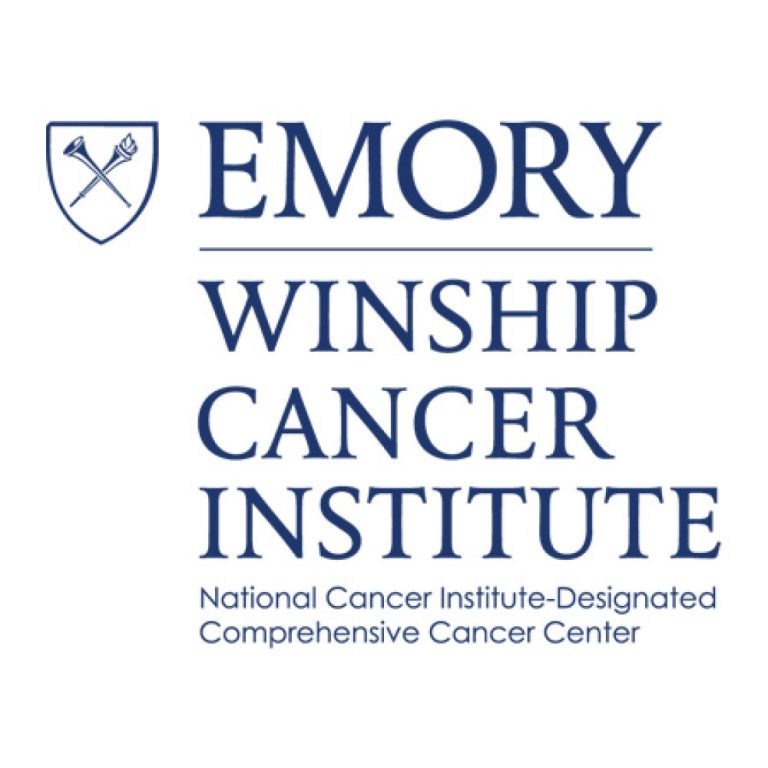
On Oct. 1, 2015, the National Cancer Institute (NCI) awarded a $2.8 million grant five-year grant to researchers…
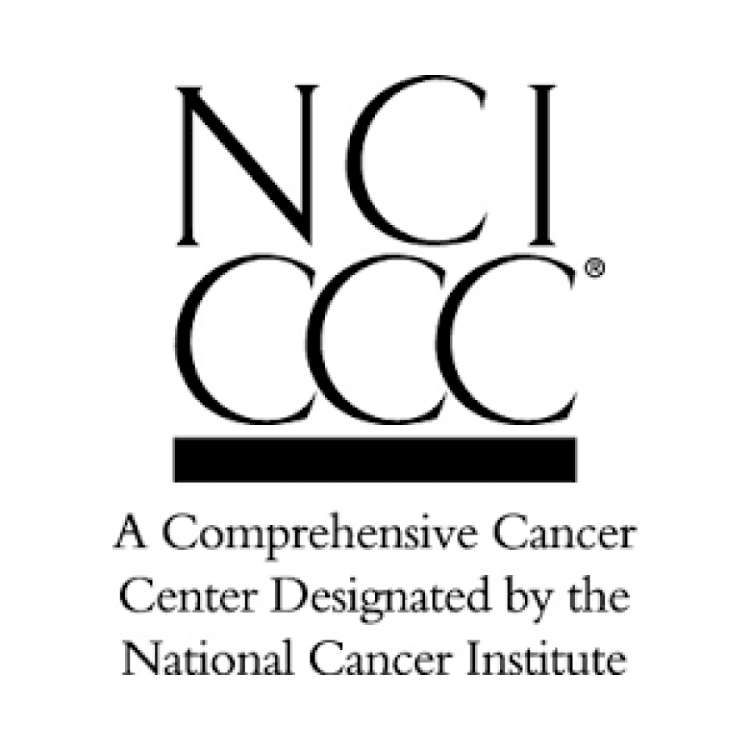
On Aug. 12. 2015, the University of New Mexico Cancer Center received National Cancer Institute (NCI) designation. Cancer…
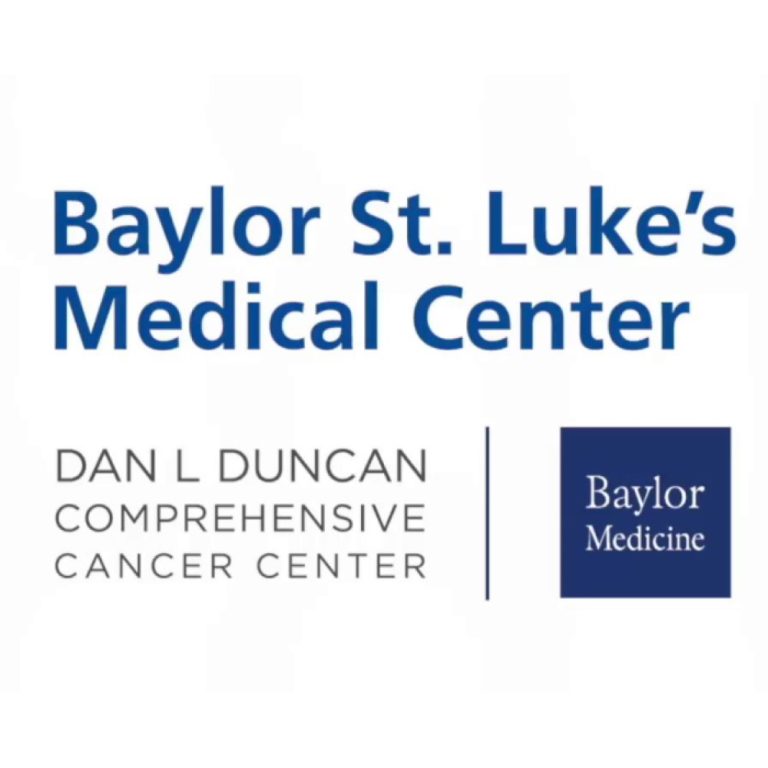
On Jul. 30, 2015, Baylor Cancer Center received comprehensive designation from the National Cancer Institute (NCI). The Center…

On Jul. 10, 2015, the National Cancer Institute (NCI) announced it had awarded the UT Southwestern Medical Center’s…
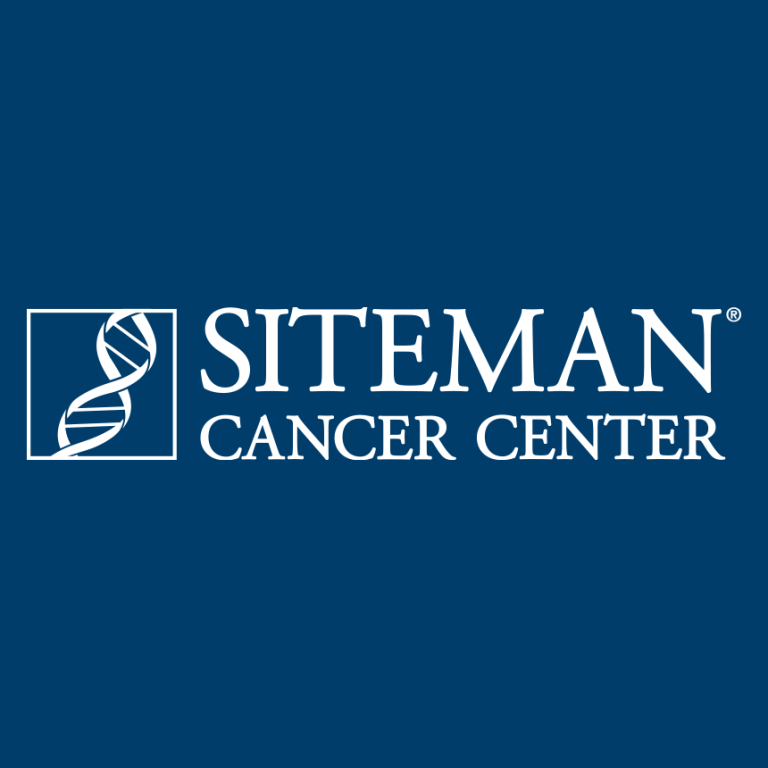
On Jul. 7, 2015, the National Cancer Institute (NCI) awarded the Siteman Cancer Center at Barnes-Jewish Hospital and…
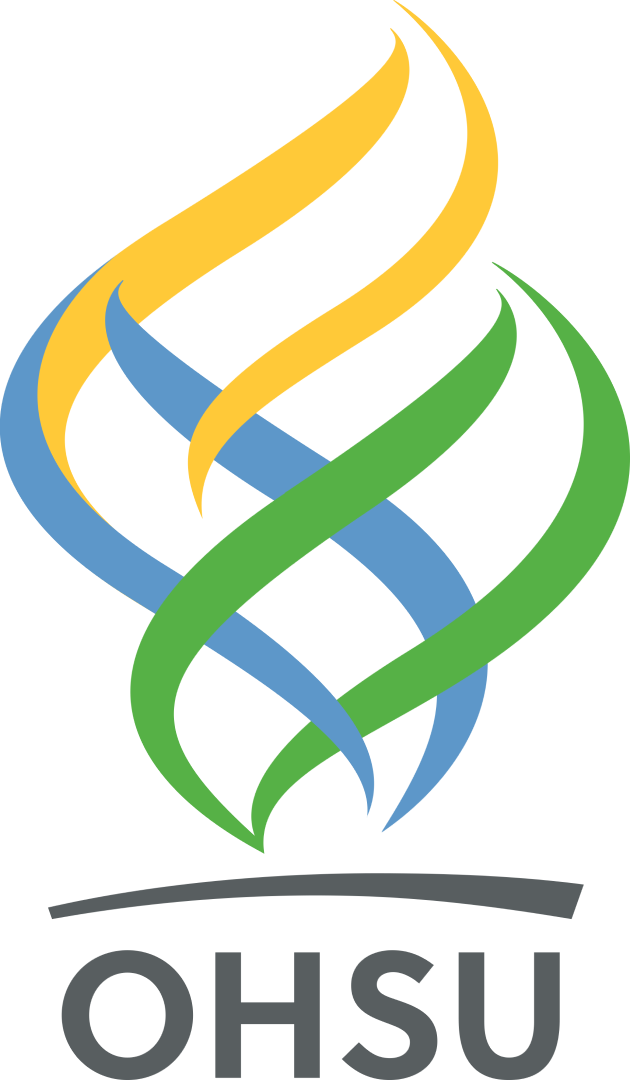
On Jun. 24, 2015, Oregon Health and Science University (OHSU) announced it had met Nike co-founder Phil Knight…

On Mar. 25, 2015, the Sylvester Comprehensive Cancer Center was designated a Cancer Center of Excellence by the…
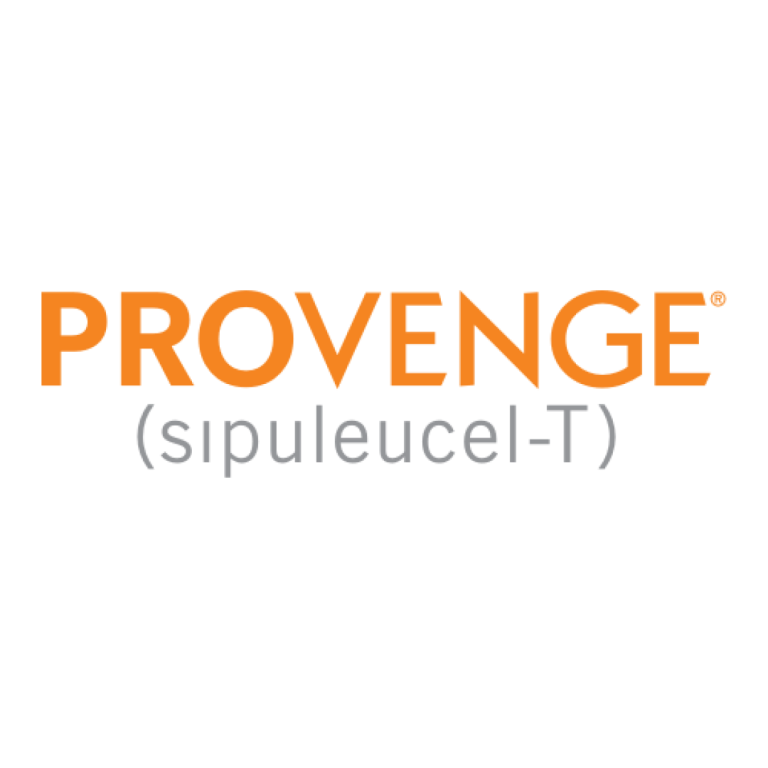
On Feb. 23, 2015, a bankruptcy judge approved the sale of the assets of Dendreon Corp., a Seattle-based…
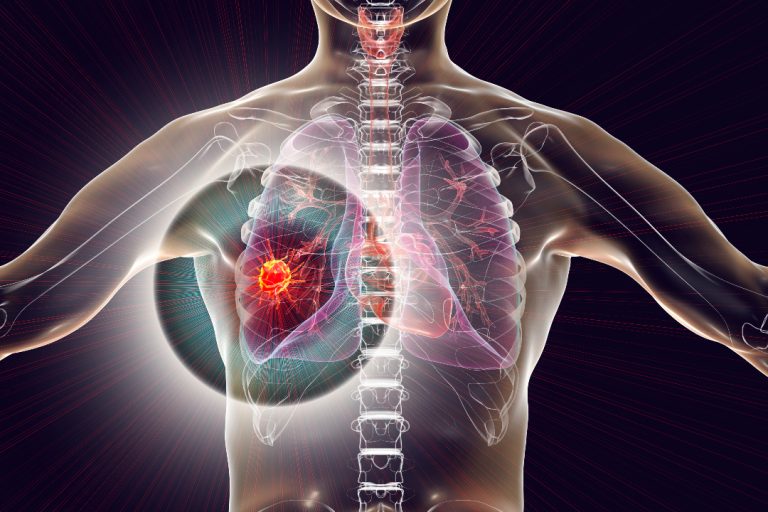
In 2015, Yale Cancer Center was awarded a SPORE (Specialized Programs of Research Excellence) grant for translational research…

On Dec. 3, 2014, the Fred & Pamela Buffett Cancer Center at the University of Nebraska Medical Center…
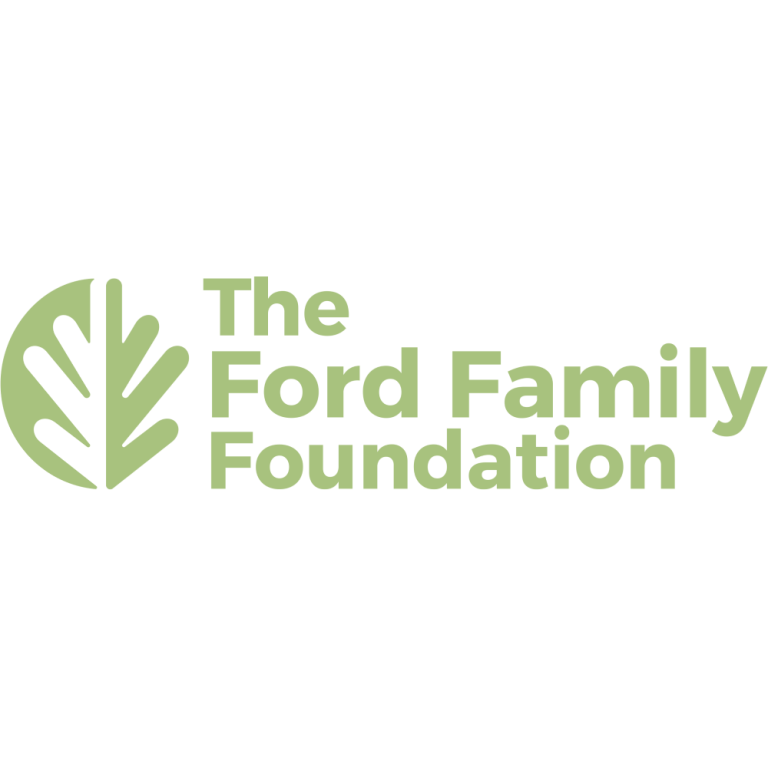
On Nov. 5, 2014, the Ford Family Foundation announced a $5 million grant to the Knight Cancer Institute…
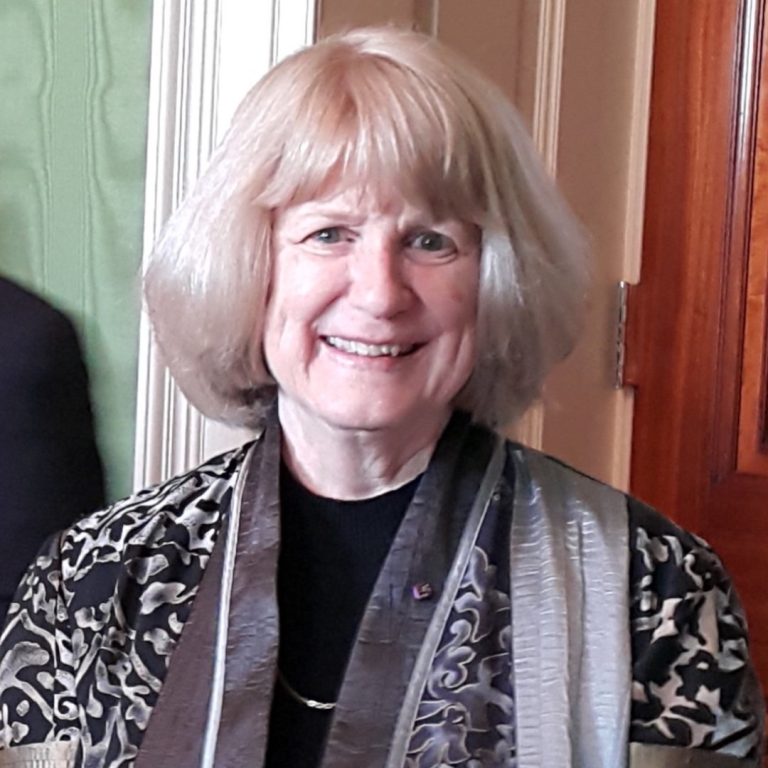
On Sept. 8, 2014, the University of Washington and UW Medicine announced that Mary-Claire King, UW professor of…
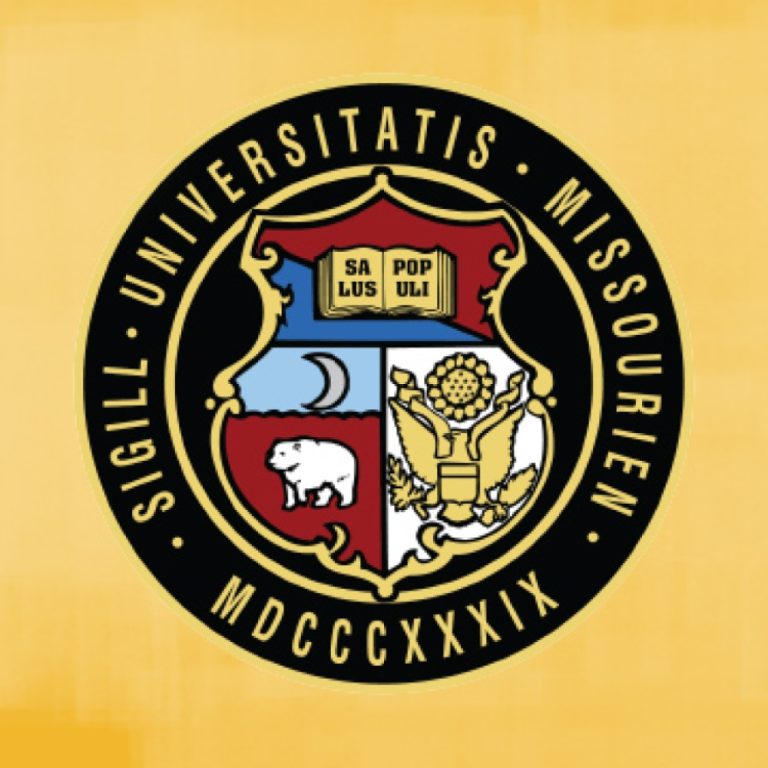
On Aug. 21, 2014, Mark McAndrew, a resident of McKinney, Texas, gave $2.4 million to the University of…
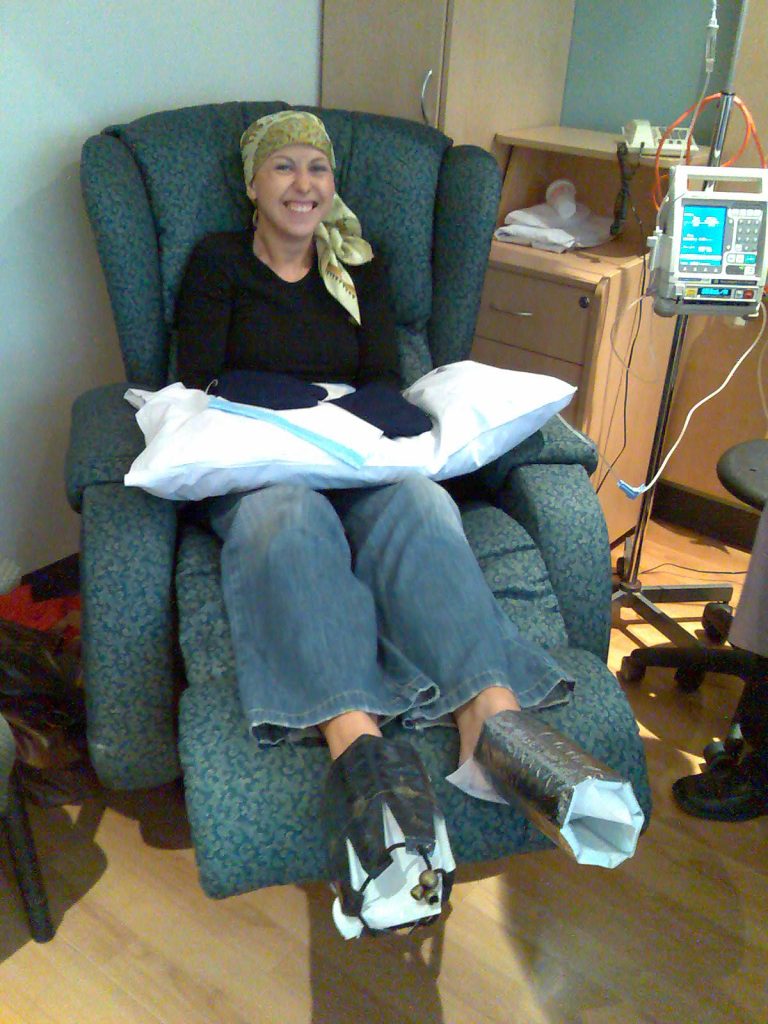
On Aug. 14. 2014, Genentech announced that the U.S. Food and Drug Administration (FDA) had approved Avastin (bevacizumab)…

On Jul. 28, 2014, OHSU announced it has received a $100 million gift from an unnamed donor who…

On Jul. 1, 2014, Genentech entered into an agreement to acquire Seragon Pharmaceuticals, a privately held biotechnology company…
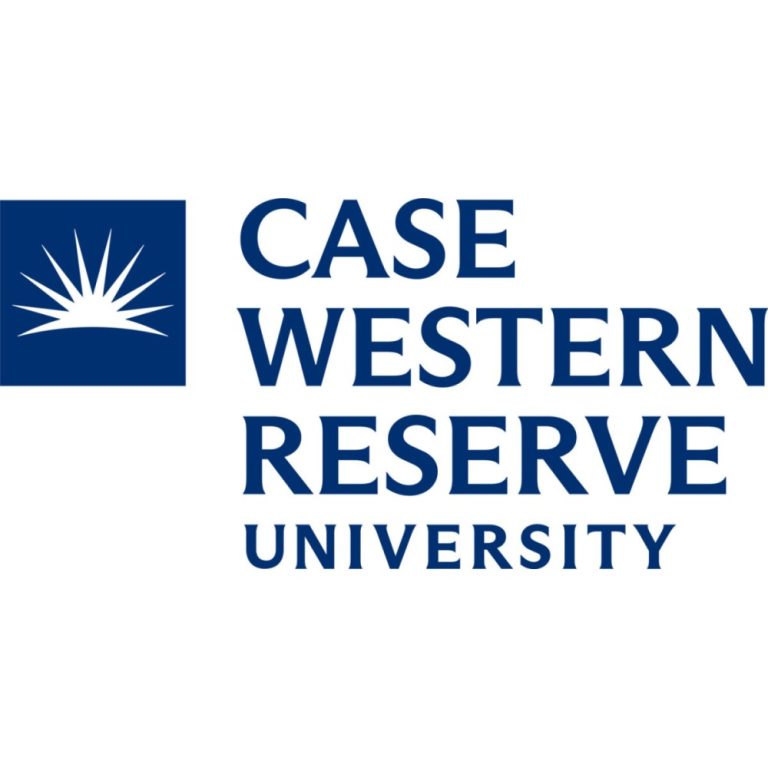
On Jun. 30, 2014, leaders from Case Western Reserve University and University Hospitals announced that Char and Chuck…
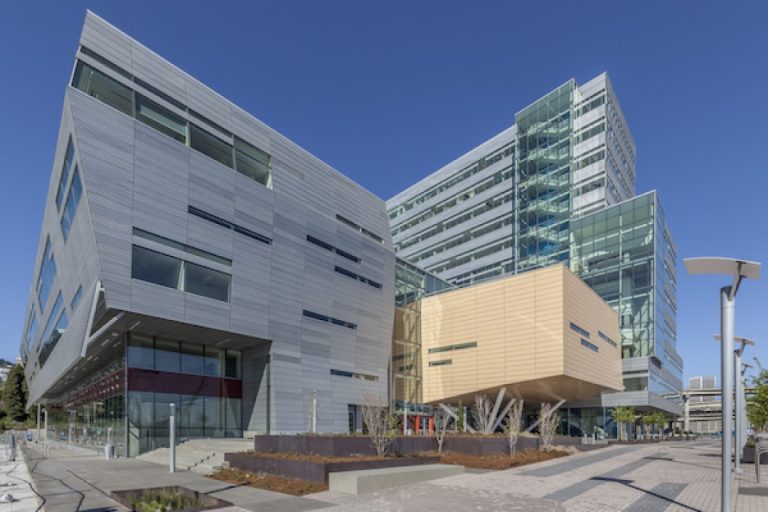
On Jun. 26, 2014, a $300 million building opened in Portland is shared by Portland State University and Oregon…
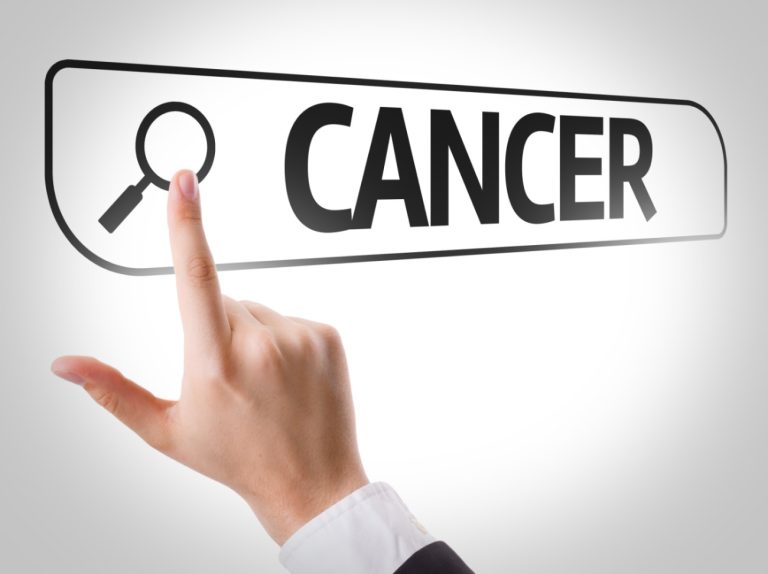
On Apr. 7, 2014, the Fred Hutchinson Cancer Research Center announced that the Bezos family had committed $20…

On Jan. 29, 2014, NYU Langone Medical Center announced it had received an initial gift in excess of…
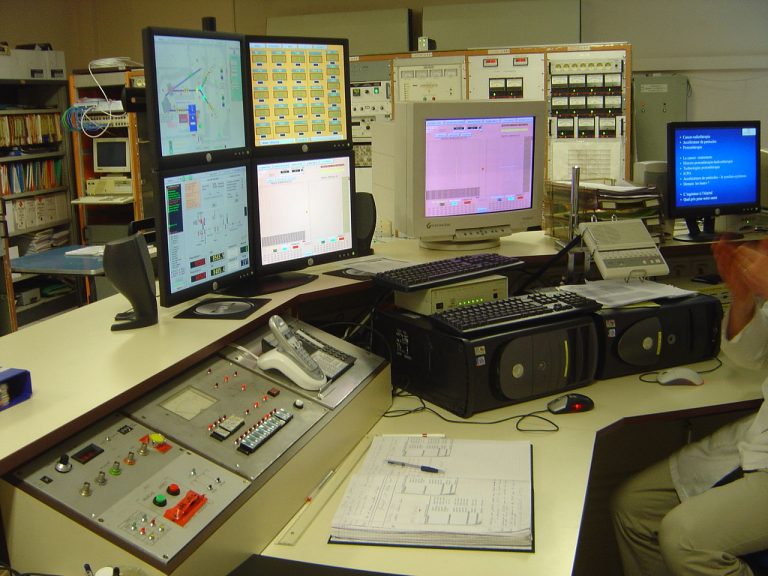
On Dec. 19, 2013, the Siteman Cancer Center debuted the first single-vault proton therapy center in the U.S.:…

On Nov. 13, 2013, Genentech announced that it’s drug Gazyva (obinutuzumab) was approved by the U.S. Food and…
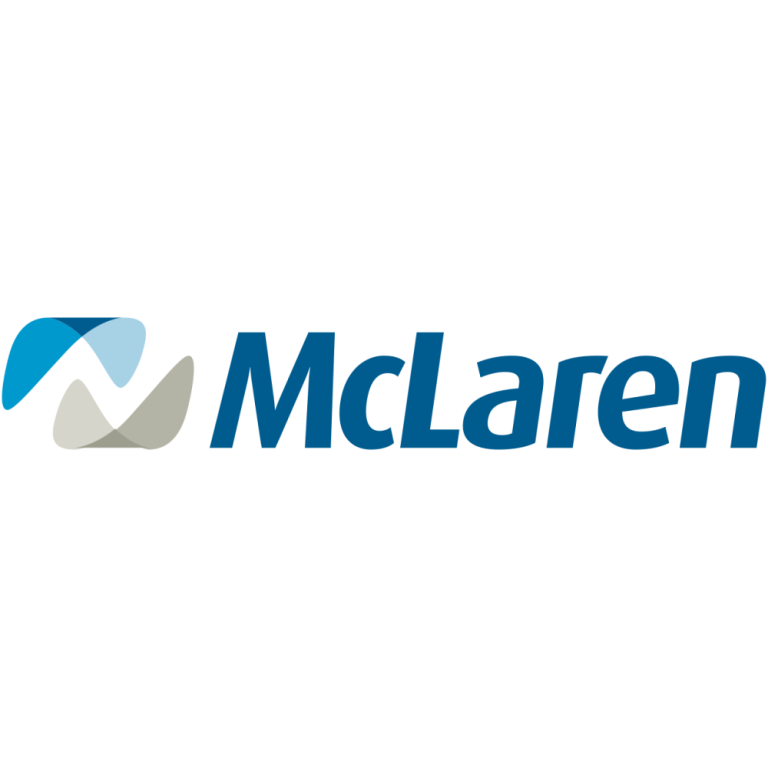
On Oct. 30, 2013, the Karmanos Cancer Institute and McLaren Health Care signed an agreement that created the…
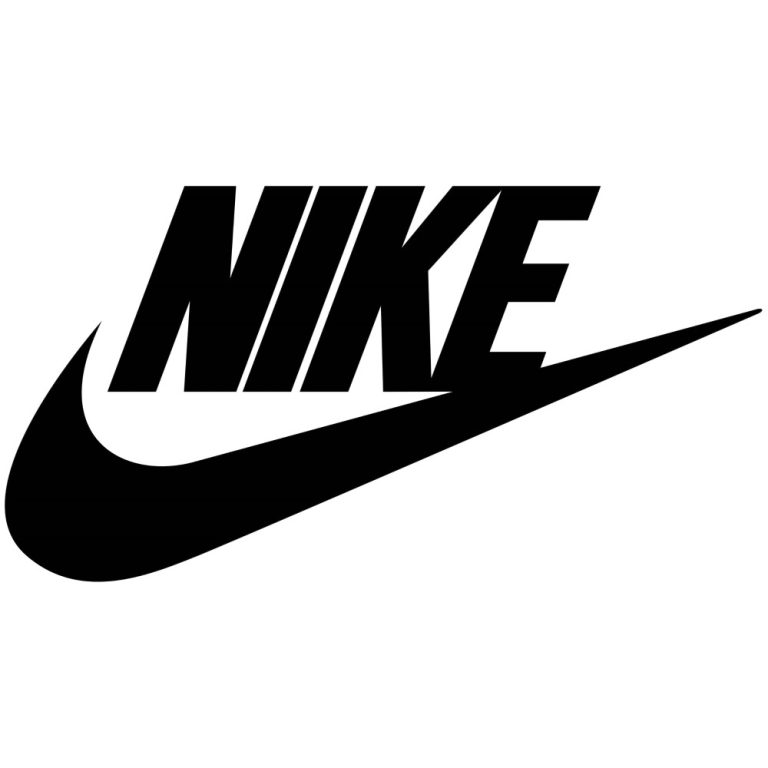
On Sept. 21, 2013, philanthropists Phil and Penny Knight pledged $500 million to kick-start a $1 billion cancer…

On Jul. 12, 2013. the University of Kentucky Markey Cancer Center (MCC) was joined by national, state and…